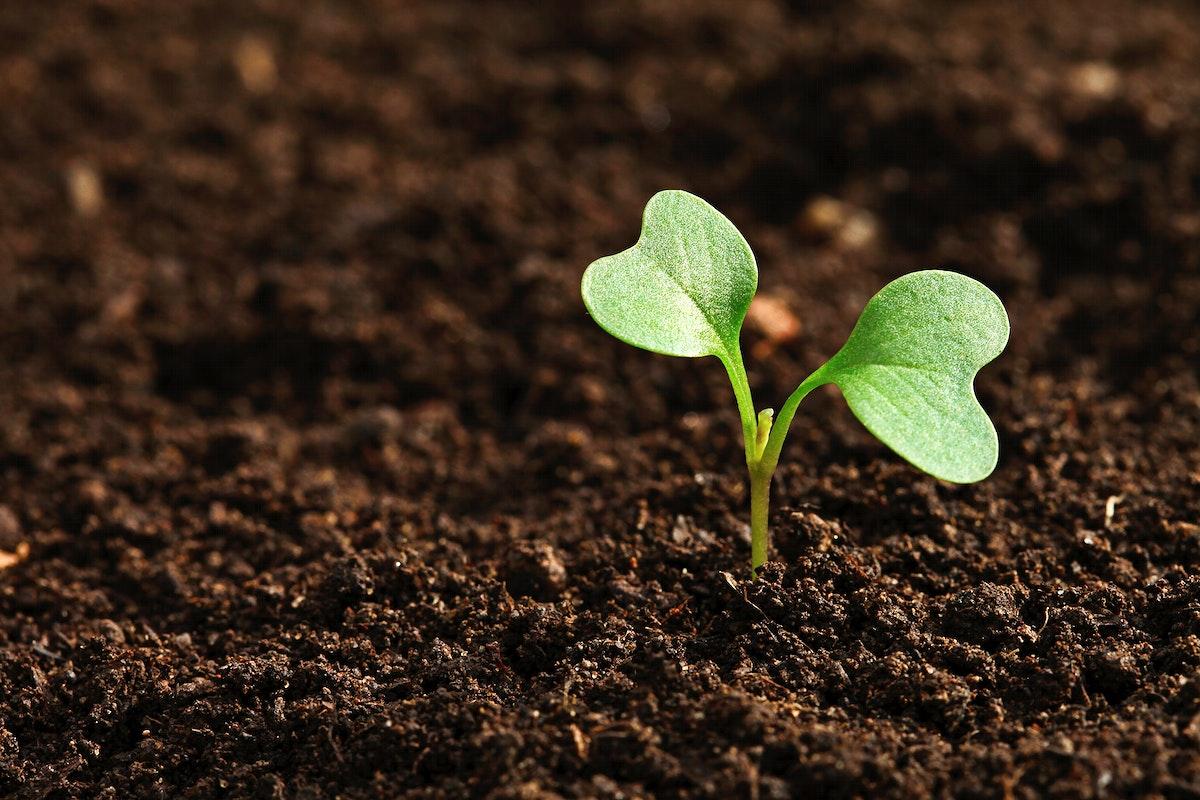
Learning How Pumpkins Grow using Coding
by Marguerite Samples
Just like many things we do in our lives, pumpkin growth and coding follow a pattern. Students will learn the life cycle of a pumpkin and fill in a practice page that talks about the pumpkin's life cycle.
Then there are coding (unplugged) activities to reinforce the science of the life cycle. This is a great lesson to introduce sequencing that is found in many content areas.
Lesson Plan Link/URL
https://docs.google.com/presentation/d/1U2lS2cRDpH7N-_n11vSVr2Yq7LIRK_Wz/edit?u…Subject Area
Science Life Science L1: Cells Technology 5. Computational Thinker Engineering S2: Apply the Engineering Design Process S4: Apply Science to Engineering S5: Apply Technology to Engineering English Language Arts (ELA) Reading (Literature) Writing
Featured
Off
Related Content

Grades:
8th Grade
This engaging lesson is all about reverse engineering! Students will read and discuss the hook “A.I. Apocalypse”. They learn all about reverse engineering during this project as they determine a

Grades:
3rd Grade, 4th Grade, 5th Grade
This lesson takes place in as classroom for one or more 60 minute class periods. The data collection portion may continue for 2+ weeks (or whatever time frame you decide). An emphasis is placed on the

Grades:
3rd Grade, 4th Grade, 5th Grade, 6th Grade, 7th Grade, 8th Grade, 9th Grade, 10th Grade, 11th Grade, 12th Grade
In this hands-on lesson, students use the engineering design process (EDP) to create a prototype of a device that can prevent squirrels from accessing a bird feeder. This is a great way to integrate